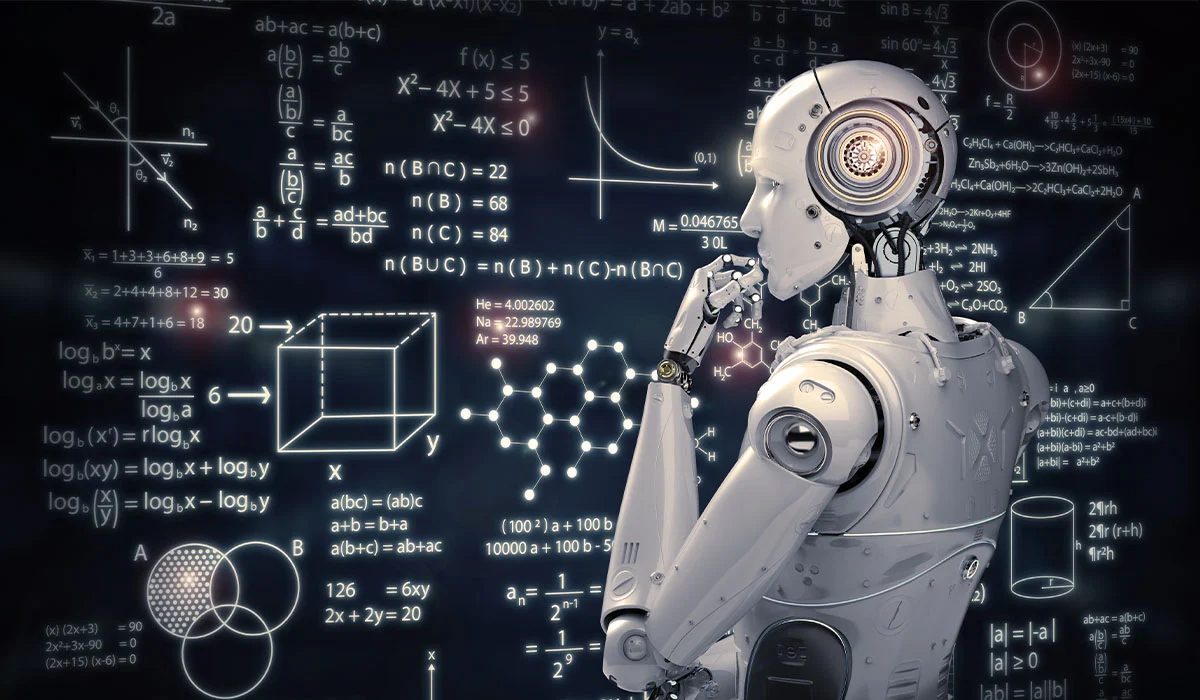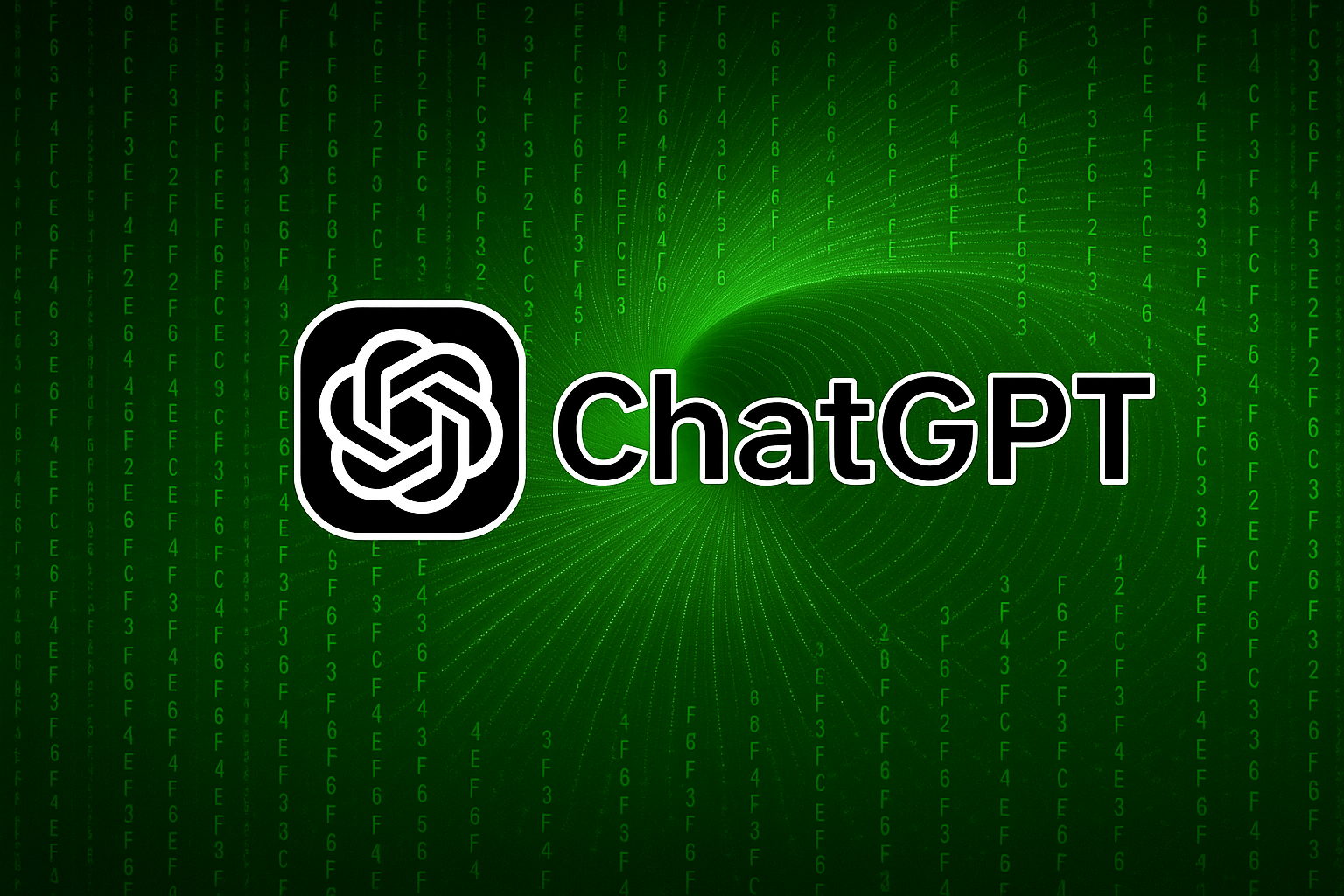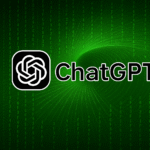ChatGPT is a powerful language model that can assist in a wide range of tasks, from everyday productivity to technical problem-solving. But like any tool, it has its strengths and its boundaries. In this article, we’ll explore what ChatGPT excels at, what it struggles with, and how to work around its limitations.
What ChatGPT Can Do
ChatGPT is designed to generate and understand human-like text. Here are its core capabilities, with examples that illustrate how to use them effectively:
1. Answering Questions
ChatGPT can respond to factual questions and provide explanations across a wide range of domains.
Examples:
- “What causes lightning?”
- “How does a mortgage work?”
- “What is Kant’s categorical imperative in simple terms?”
It’s especially good at providing overviews, summaries, and simplified explanations for educational purposes.
2. Writing and Editing Text
This includes everything from composing emails to generating essays, blog posts, scripts, stories, poems, and more.
Examples:
- Drafting a cover letter based on a resume
- Editing a poorly written paragraph into clear English
- Writing a 100-word promotional email for a new product launch
3. Language Translation and Rewording
ChatGPT can translate text between many major languages and also rephrase or simplify text.
Examples:
- “Translate this sentence from English to French.”
- “Make this explanation sound more professional.”
- “Explain this in a more casual tone.”
4. Generating Ideas
Use ChatGPT for brainstorming or coming up with options when you’re stuck.
Examples:
- Business name ideas for a photography brand
- Social media caption ideas
- Plot twists for a novel
5. Learning Support
It acts like a personal tutor that can help clarify concepts and guide your study sessions.
Examples:
- Solving math problems step-by-step
- Generating flashcards for a topic
- Providing summaries of textbook chapters
6. Coding Help
ChatGPT can write, explain, and debug code in multiple programming languages.
Examples:
- “Write a Python script that scrapes a website.”
- “Fix this JavaScript error: [insert code]”
- “Explain recursion in Python with an example.”
7. Analyzing Data and Creating Tables
It can help you analyze text-based data and format information into readable charts and tables.
Examples:
- Summarizing customer feedback
- Organizing research into a comparison table
- Generating fictional datasets for practice
What ChatGPT Can’t Do
Despite its versatility, ChatGPT has significant limitations. Knowing them helps you use it wisely and avoid potential misunderstandings.
1. Real-Time Internet Access (Unless Browsing is Enabled)
Unless explicitly using a browsing-enabled version, ChatGPT cannot:
- Look up live prices, news, or weather
- Access specific websites
- Verify current events or breaking news
Tip: Always check the date of your model’s knowledge cutoff.
2. Guaranteed Accuracy
ChatGPT may present incorrect or outdated information confidently. It does not “know” facts like a search engine—it generates plausible-sounding content based on patterns in training data.
Solution: Always cross-check important facts with reliable sources, especially in health, legal, or financial matters.
3. Subjectivity and Bias
Because it was trained on a vast amount of internet data, ChatGPT can reflect biases present in those sources. It doesn’t have personal beliefs but may output stereotypes or slanted perspectives unintentionally.
Tip: Ask for multiple perspectives on sensitive topics.
4. Creative Judgment and Taste
While it can generate poems, songs, or jokes, ChatGPT doesn’t have taste, originality, or awareness of current cultural trends in the way a human artist does.
Example: A human copywriter may create a more emotionally resonant brand slogan than ChatGPT.
5. Long-Term Memory (unless enabled)
Unless the memory feature is turned on, ChatGPT doesn’t remember past conversations. It cannot:
- Track your progress on a project across sessions
- Recall your name or preferences unless re-stated
6. Physical or Real-World Interaction
ChatGPT cannot:
- Install software
- Send emails or messages
- Physically interact with hardware or devices
It can, however, guide you through steps or troubleshoot problems.
7. Original Research or New Discoveries
ChatGPT cannot create new scientific theories or conduct original experiments. It can summarize existing knowledge but doesn’t invent new facts.
How to Work Around Its Limits
You can still use ChatGPT effectively by complementing it with your own critical thinking and verification.
- Use it to draft and revise, not replace professional judgment
- Combine with real-world tools (spreadsheets, databases, calculators)
- Always verify facts with trusted sources when accuracy is essential
Final Thoughts
ChatGPT is like a brilliant assistant with no access to the outside world and no memory of the past—unless you teach it during the conversation. It can help you brainstorm, explain, format, write, and even debug—but it won’t take full responsibility for correctness or originality.
Understanding its capabilities and boundaries puts you in the driver’s seat, allowing you to get the most out of what it offers while staying mindful of where it falls short.



